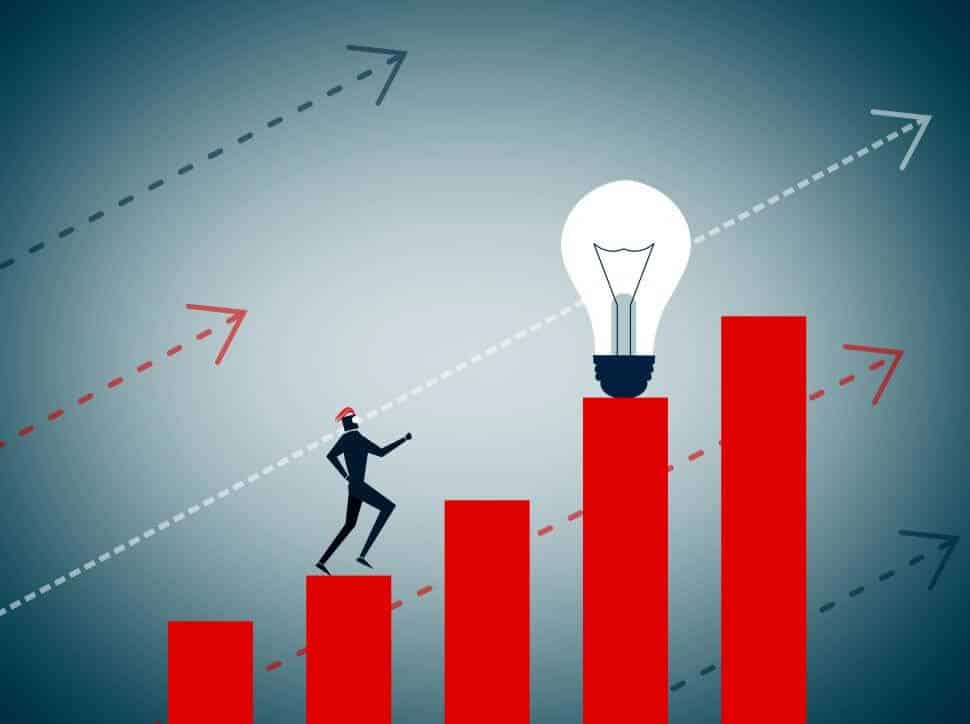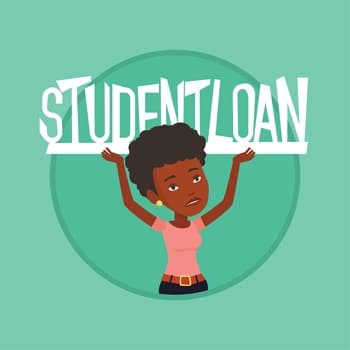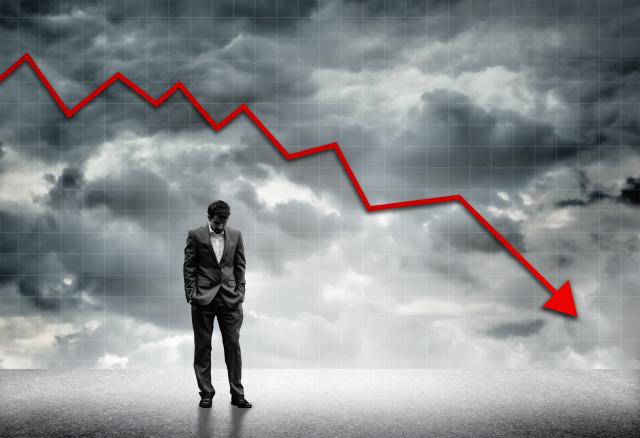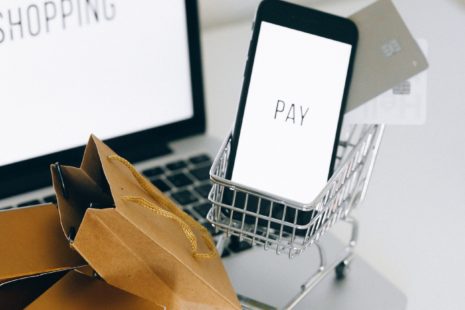Getting debt-free is never easy but something that many people want to accomplish. The typical approach that most people take when trying to pay off their debt is to try and pay off the debts with the most interest, or largest amounts, first. While, mathematically, this is a sound approach, it can often become frustrating and end in failure.
If you’ve struggled to stay consistent in your efforts to pay off your debt, you may want to consider using the Debt Snowball Plan. This approach is effective as a means to pay off debt without losing momentum or leading to frustration.
How the Snowball Plan Works

When paying off your debt, rather than attempting to pay off the largest amounts first, you should first tackle the smaller debts. By paying off the smaller debts first, you will quickly see progress as you pay off the smaller amounts faster which will help encourage you to continue with your goals.
To start, make a list of all of your debts (minus your mortgage) and list them from highest amount to lowest. Next, each month make the minimum payment necessary for each debt except the very lowest. With your smallest debt amount, pay more than the minimum payment – as much as you can. Once you’ve paid off your smallest debt amount, take what you were paying on that debt and apply it to the monthly payment of your next largest debt amount while continuing to pay only the minimum on all other debts.
An example of this method could look like this:
- Credit card 1: $500 at 14% with a monthly payment of $25.
- Credit card 2: $1,000 at 18% with a monthly payment of $50
- Car loan: $6,000 at 5% over 4 years with a monthly payment of $135.
- Student loan: $15,000 at 5% over 10 years with a monthly payment of $159.
Using the Debt Snowball Plan, you would pay the minimum amount on each of your debts but by adding an extra $100 to your smallest credit card payment, you would pay it off in 4 months. Next, you would apply the $125 you were paying on the smallest credit card payment to the second credit card to a total of $175 per month. The second card will then be paid off in 5 months. Once the second card is paid off you can add the $175 to the car payment of $135 for a total of $310 to put toward your monthly car payment – paying it off in 15 months.
Continuing with this method on your student loans and you’ll be debt-free in just another 24 months’ time. This method will help you keep the momentum going and prevent you from becoming discouraged along the way.
For additional credit counseling and credit repair help, please call: (480) 478-4304




